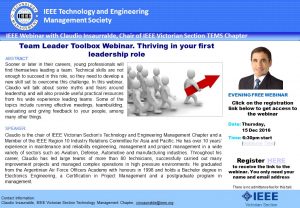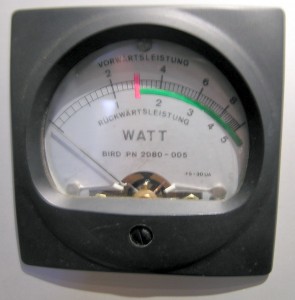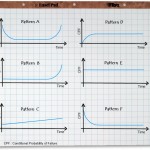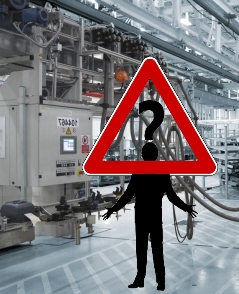 In the first post I talked about how the transition from one or two shifts to a 24 hour production scheme affects the way we usually manage our maintenance department. This kind of transition demands a change to a more methodological approach focused on preventive and proactive measures.
In the first post I talked about how the transition from one or two shifts to a 24 hour production scheme affects the way we usually manage our maintenance department. This kind of transition demands a change to a more methodological approach focused on preventive and proactive measures.
In the first points I talked in detail about the lack of time to perform definitive repairs, the increase in maintenance costs (and negotiate them during the planning stage of the new shift implementation), the use of predictive maintenance and taking advantage of every available time to perform maintenance tasks.
Following on from this topic, let’s see the next points: Continue reading



 Some time ago, I was advising a person in his first steps on a leadership role, and it came up one of the most difficult issues in management, especially for young professionals: you can’t make everyone happy with your decisions.
Some time ago, I was advising a person in his first steps on a leadership role, and it came up one of the most difficult issues in management, especially for young professionals: you can’t make everyone happy with your decisions. There are so many things to consider in energy management; from specific actions to improve energy efficiency, to Life Cycle Costing (LCC) and procurement strategies. Although all of them are important and should be taken into account, there is one element that is paramount for a successful energy management strategy: energy measurement.
There are so many things to consider in energy management; from specific actions to improve energy efficiency, to Life Cycle Costing (LCC) and procurement strategies. Although all of them are important and should be taken into account, there is one element that is paramount for a successful energy management strategy: energy measurement. Nowadays, the modern maintenance approach is based on the fact that only a small percentage of equipment actually follow this behaviour. However, since the classic belief is somewhat intuitive, there are still many maintenance departments who base their maintenance strategy on it.
Nowadays, the modern maintenance approach is based on the fact that only a small percentage of equipment actually follow this behaviour. However, since the classic belief is somewhat intuitive, there are still many maintenance departments who base their maintenance strategy on it.
 Having a training plan for your personnel is always a good practice. However, sometimes it’s not possible to find the adequate course because the topic is too specific, the course is not available at that moment or is too expensive.
Having a training plan for your personnel is always a good practice. However, sometimes it’s not possible to find the adequate course because the topic is too specific, the course is not available at that moment or is too expensive. In the previous post I showed how to solve a simple problem by performing an Analysis of Variance (if you haven’t read it, please click
In the previous post I showed how to solve a simple problem by performing an Analysis of Variance (if you haven’t read it, please click